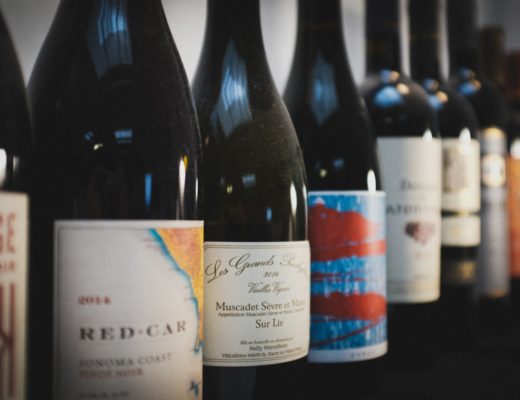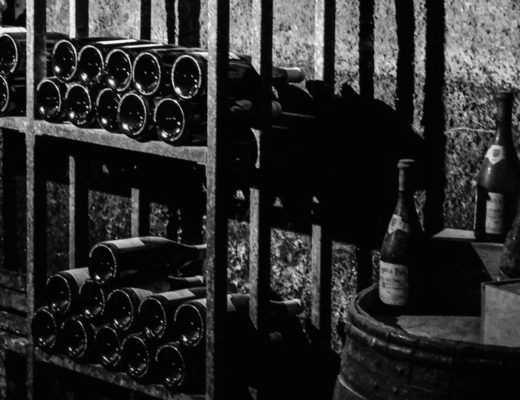Pinot Noir is one of the most beloved of all grape varieties: It has the unique ability to charm and intrigue all kinds of wine lovers, from casual sippers introduced to the variety by the movie Sideways, to passionate collectors and connoisseurs who seek out the legendary wines of Burgundy’s Côte d’Or. It can also make any food that’s paired with it seem somehow better than it would on its own.
But the world of wine is huge, and as the old proverb most definitely doesn’t (but should) say, man cannot live on Pinot Noir alone.
Luckily, there’s incredible wine being produced around the world from a stunning range of grape varieties, which means that a love of Pinot doesn’t have to be limiting. Instead, a passion for Pinot is an invitation to experience the other exquisite, light-bodied grape varieties that thrive from Willamette to Wairau.
One of the most popular Pinot alternatives is Gamay, the grape responsible for the vibrant, fresh wines of Beaujolais. “I wholeheartedly recommend Gamay to Pinot Noir drinkers,” says Wine Access Head of Wine Vanessa Conlin. “Both grapes have light tannins, and a charming mix of fresh berry fruit when they’re young.”
She also pointed out that “Pinot tends to age longer because of its higher acidity, but for those who want earlier-drinking, medium-tannin wines with loads of delicious fruit character, Beaujolais is perfect.” She also loves Gamay’s versatility at the table: “It’s super-versatile with food, and goes well with vegetables, game, and even (gasp!) seafood—I love it with salmon or a seared tuna steak.”
Most of our wine team concurred—including Master Sommelier Sur Lucero, who added, “Gamay, when made by serious producers and from old vines in the special sites within Beaujolais, can produce wines that mimic the elegance and lift that Pinot Noir can achieve.”
Sur also sees Grenache as a natural fit for Pinot lovers. “Some Grenache-based Côtes-du-Rhône reds can check a lot of the same boxes as California Pinot,” he explains, because the grape “can sometimes act a little bit like warm-climate Pinot Noir, but with a bit more spice. Its fleshy red fruits, wild flowers, and spice can be reminiscent of Russian River Valley Pinots, or those grown in the warmer parts of California’s Central Coast.”
Our VP of Wine Robert Emery seconded the Grenache opinion: “Grenache from Australia and Santa Barbara tends to be similarly medium-bodied and fruit-forward, with lower tannins and a silkier texture, which makes it a great alternative to fruit-forward styles of Pinot Noir.”
Robert also recommends looking to Spain: “Bierzo or Ribera Sacra Mencia are medium-bodied, with lighter, yet nicely textured tannins, and their red fruit and herbal notes work as a great alternative to more savory Pinot Noirs.”
Italy, too, should be considered, as Neil Mechanic, a former sommelier at the Ritz Carlton, suggested: “Dolcetto makes a great alternative to Pinot when pairing with food: With its up-front purity of fruit and excellent fruit-to-acid balance, it’s fantastic at the table,” he said of the fantastic-value northern Italian red. He added that Dolcetto is “rarely oaked or over-oaked, so the gorgeous fruit is preserved. It’s great with the Turkey Feast.”
International wine judge Eduardo Dingler also looks to Piedmont for his Pinot alternatives, particularly to Nebbiolo from Gattinara and Ghemme—both provide the energy, concentration, acidity, and lifted aromatics of Pinot, but in a totally different way. “These wines are fantastic, especially if you love earthy, spicy Pinots. Piedmont’s climate and grape varieties really lend themselves to delivering the same delicacy and food-friendliness as Pinot Noir.”
Of course, excellent domestic alternatives to Pinot Noir are easy to find as well, as Neil explained. “Some of the oldest Carignan vines in California are found in Mendocino, and they tend to boast lovely spice and mouthwatering acidity. And if you serve them at cellar temp (a cool 50-55 degrees), you’ll have a wine where the pretty red fruit notes are perfectly matched with mineral and spice. Most are light- to medium-bodied, and the older-vine bottlings have great length and a mineral finish.”
The point is this: Whether you’re new to Pinot Noir or a seasoned collector—and no matter how broad your experience in the world of wine may be—there are spectacular wines from around the world that will absolutely win you over. You just have to be open to finding them, which seems to us to be the best sort of work that a wine lover could ever undertake.
Today we invite you to taste our favorites, and perhaps discover a new favorite of your own.





